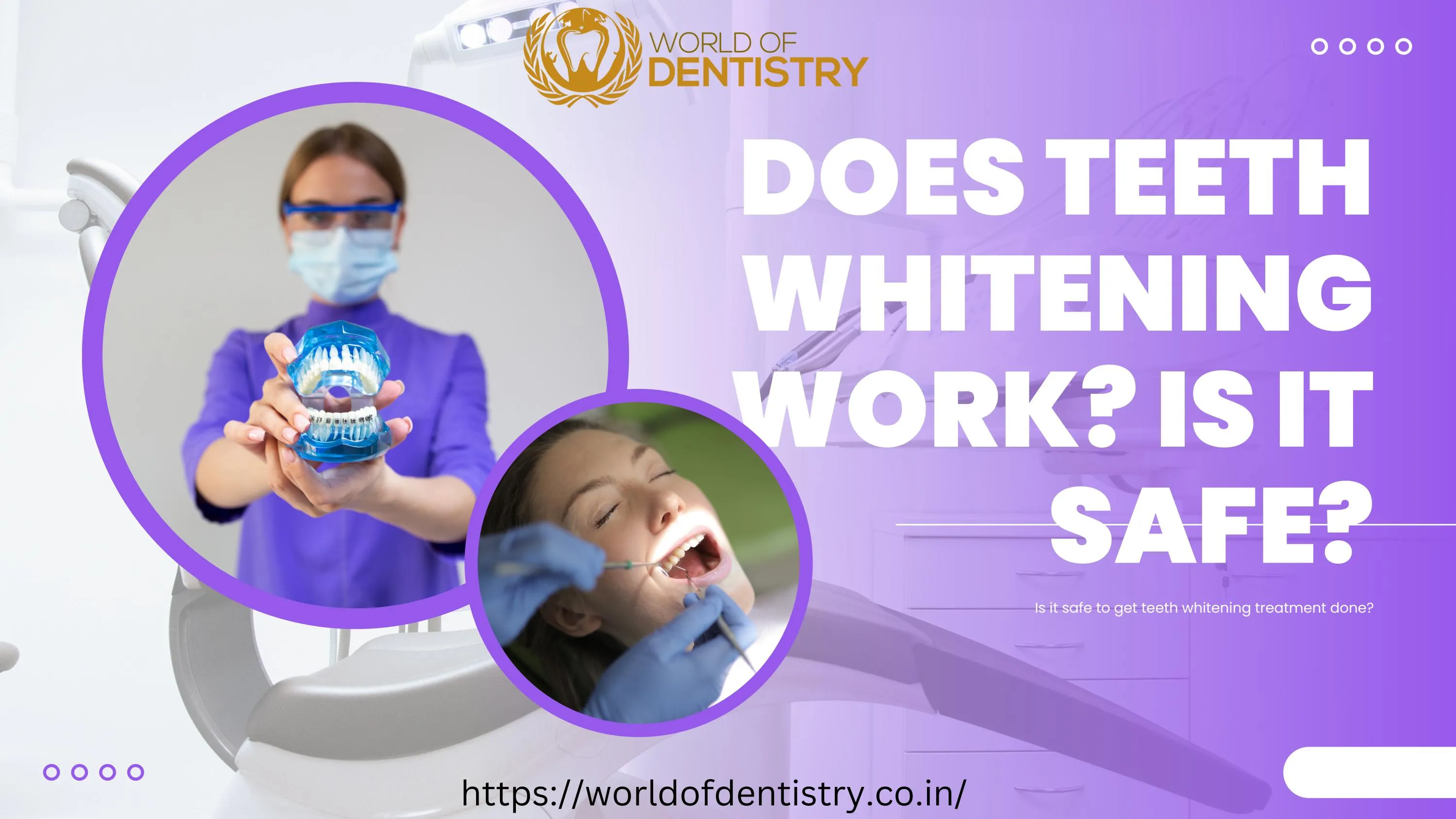What is Teeth Whitening
Teeth whitening is a popular cosmetic dental procedure designed to lighten the shade of your teeth. It’s a non-invasive process that can significantly improve the appearance of your smile by removing stains and discoloration. The procedure works by using bleaching agents, usually hydrogen peroxide or carbamide peroxide, to break down the stains on the enamel. The effectiveness of teeth whitening can vary depending on the type of stains, the concentration of the bleaching agent, and the duration of the treatment. While it’s a relatively safe procedure when done correctly, it’s essential to understand the different methods and potential risks involved.
Types of Teeth Whitening
There are several methods for teeth whitening, each with its own advantages and potential drawbacks. These methods range from professional treatments performed by a dentist to over-the-counter products available at drugstores. Understanding the different types can help you make an informed decision about which option is best for your needs and dental health.
Professional Teeth Whitening
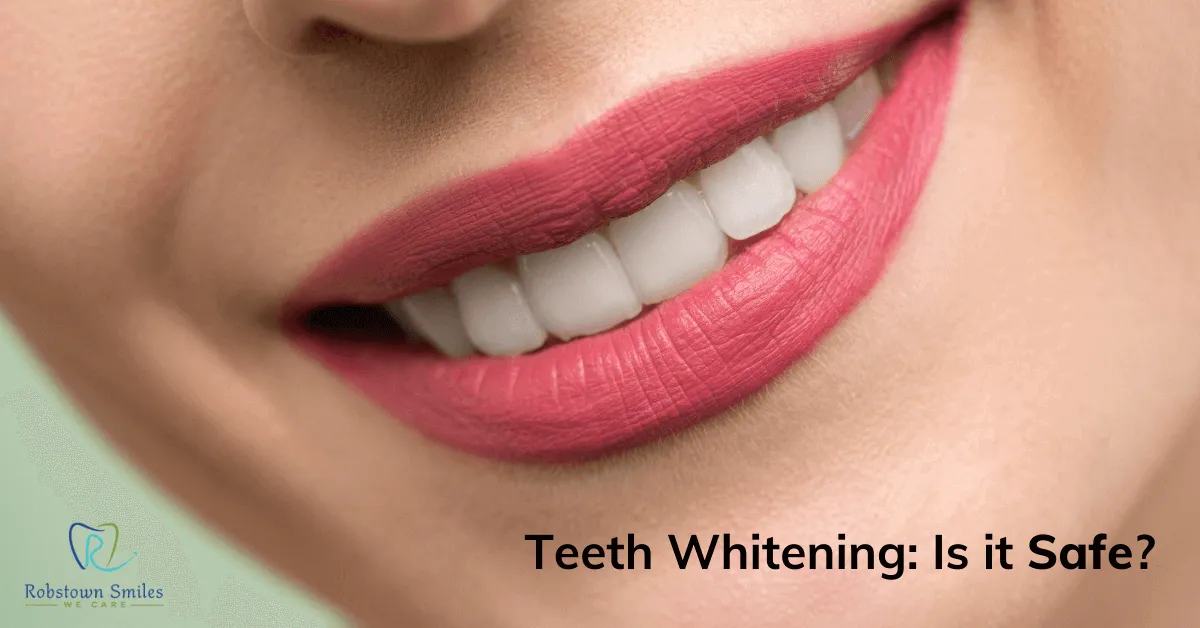
Professional teeth whitening, also known as in-office bleaching, is performed by a dentist in their clinic. This method typically involves a higher concentration of bleaching agents, such as hydrogen peroxide, which can produce faster and more dramatic results. The dentist will usually protect your gums with a barrier before applying the bleaching agent to the teeth. The procedure can involve multiple sessions, each lasting around an hour, and can significantly lighten your teeth in a relatively short amount of time. The safety of this method is high because a dental professional supervises the process and can address any issues immediately. See image of professional teeth whitening.
At-Home Teeth Whitening Kits
At-home teeth whitening kits are available through your dentist or over the counter, and they offer a more convenient option for teeth whitening. These kits typically include custom-fitted trays or strips containing a lower concentration of bleaching agents than professional treatments. You wear the trays or apply the strips for a specified amount of time each day, as directed by the product instructions. While at-home kits are generally safe when used as directed, it’s crucial to follow the instructions carefully to avoid potential side effects. Always consult with your dentist before starting any at-home treatment to ensure it’s appropriate for your dental health. Image for at-home teeth whitening.
Whitening Toothpastes and Rinses
Whitening toothpastes and mouthwashes are readily available and offer a gentler approach to teeth whitening. These products contain mild abrasive agents or chemicals that help remove surface stains. While they can improve the brightness of your teeth, they typically don’t provide the same dramatic results as professional or at-home bleaching treatments. These products are generally safe for daily use, but it’s important to choose a toothpaste with a low Relative Dentin Abrasivity (RDA) value to minimize the risk of enamel abrasion. Always consult with your dentist to make sure it’s safe for you. It’s important to know that they cannot change the natural color of your teeth.
Potential Risks and Side Effects of Teeth Whitening
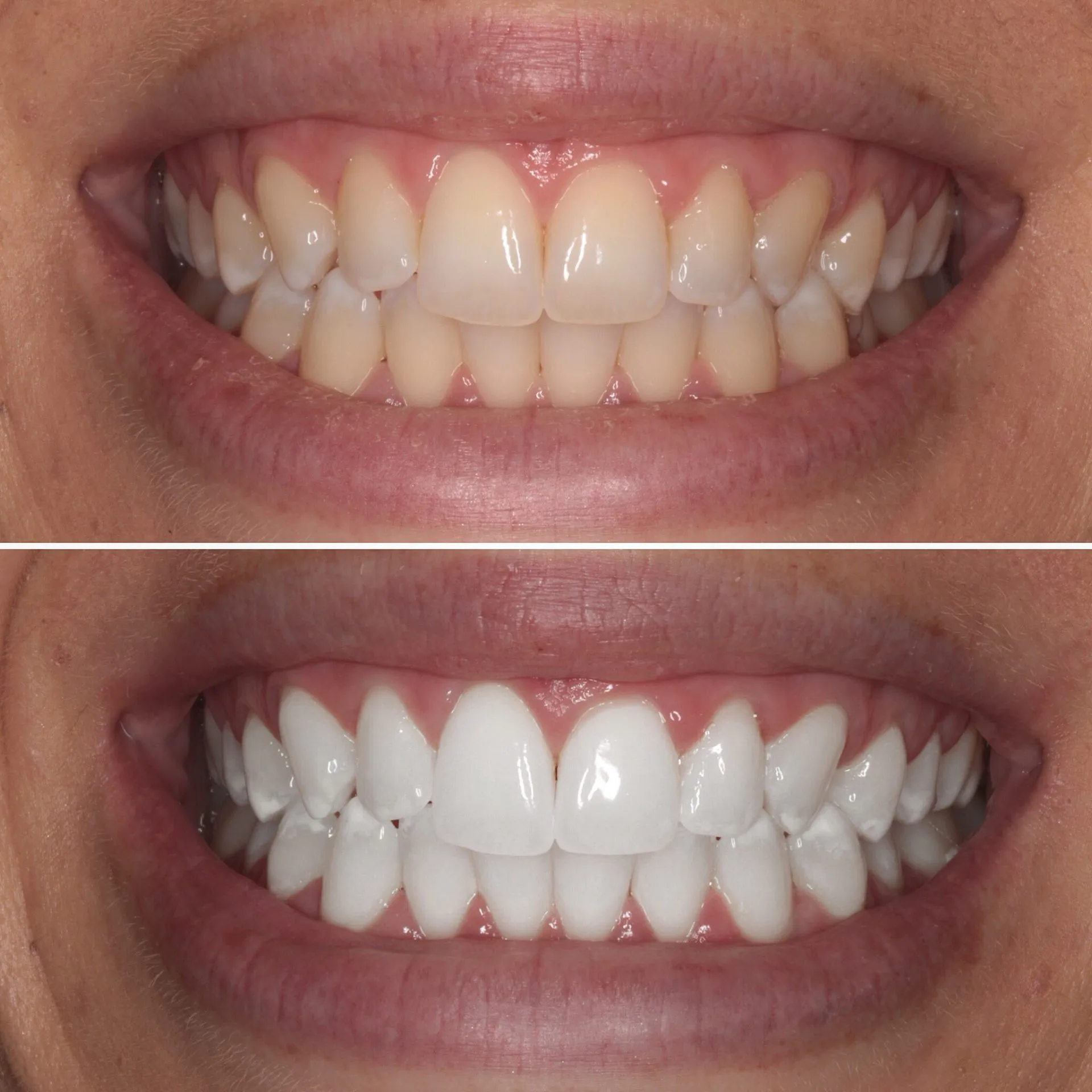
While teeth whitening is generally considered safe, it’s essential to be aware of the potential risks and side effects. These effects can vary depending on the type of treatment, the concentration of the bleaching agent, and individual factors. Understanding these potential issues can help you make an informed decision and take steps to minimize any adverse effects.
Tooth Sensitivity
Tooth sensitivity is one of the most common side effects of teeth whitening. It occurs when the bleaching agents penetrate the enamel and reach the dentin, which contains nerve endings. This can cause a temporary increase in sensitivity to hot or cold foods and drinks. The sensitivity usually subsides within a few days after completing the treatment. Using a desensitizing toothpaste containing potassium nitrate before, during, and after the whitening process can help minimize sensitivity. Always inform your dentist if you experience tooth sensitivity. See image of teeth sensitivity.
Gum Irritation
Gum irritation, or gingivitis, is another potential side effect, particularly with professional treatments. If the bleaching agent comes into contact with the gums, it can cause inflammation, redness, and discomfort. Dentists typically use protective barriers to minimize this risk during in-office treatments. At-home kits can also cause gum irritation if the trays don’t fit properly, allowing the bleaching agent to leak out. If you experience gum irritation, discontinue the treatment and consult your dentist. Proper oral hygiene, including regular brushing and flossing, can help prevent gum irritation. See image of healthy gums.
Enamel Damage
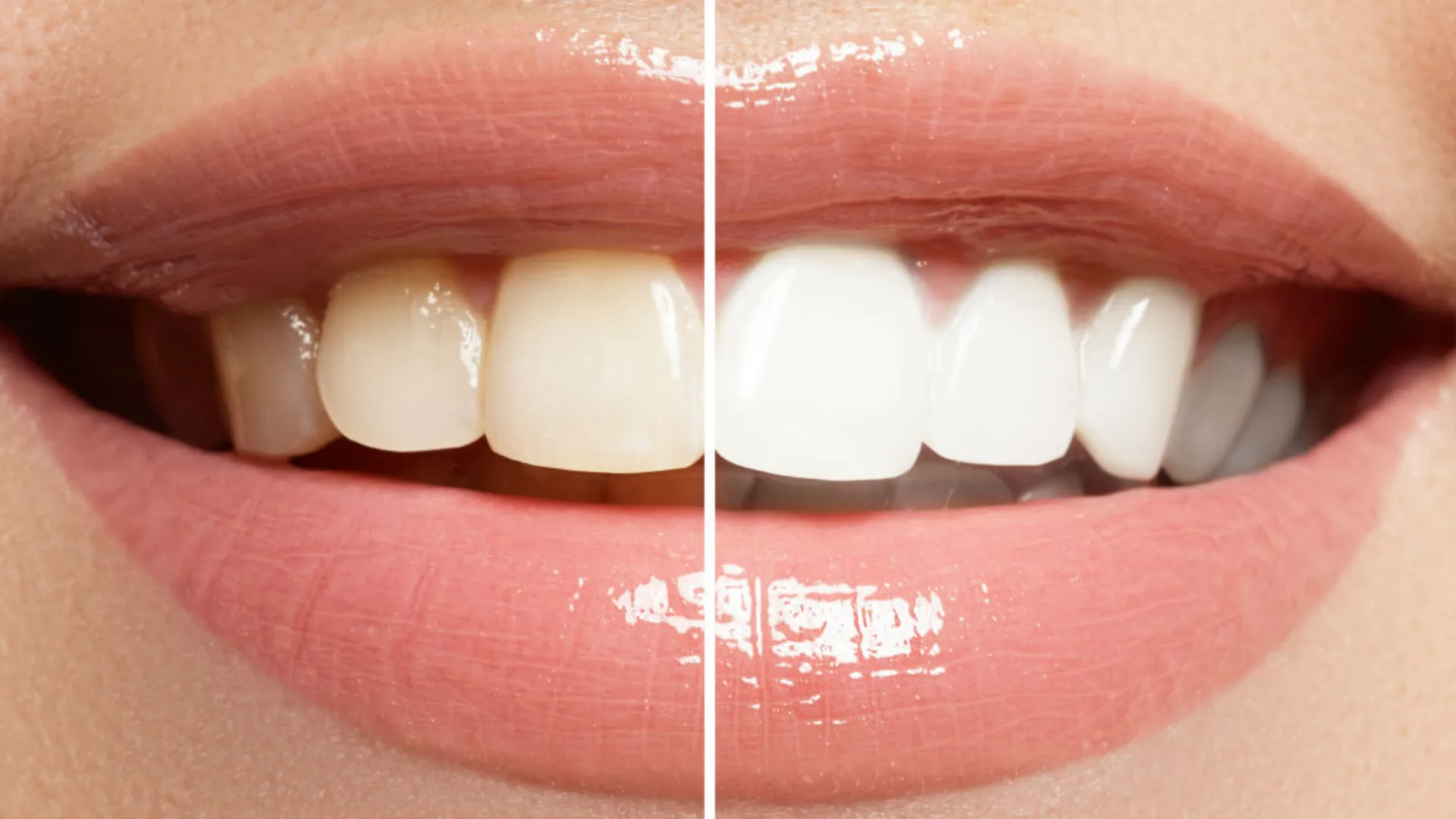
Enamel damage is a less common but more serious potential risk of teeth whitening. Overuse or misuse of bleaching agents can weaken the enamel, making your teeth more susceptible to cavities and other dental problems. This is why it’s crucial to follow the instructions carefully and consult with your dentist before starting any teeth-whitening treatment. Using products with high concentrations of bleaching agents or using them too frequently can increase the risk of enamel damage. Always prioritize the health of your enamel and seek professional advice when necessary. See image of dental enamel.
How to Minimize Risks and Ensure Safety
Taking the right precautions can significantly reduce the risks associated with teeth whitening and help ensure a safe and effective treatment. By following these guidelines, you can achieve a brighter smile while protecting your dental health.
Consult Your Dentist
Before starting any teeth-whitening treatment, it’s crucial to consult your dentist. Your dentist can assess your oral health, identify any existing dental problems (such as cavities or gum disease), and determine if teeth whitening is right for you. They can also recommend the most appropriate type of whitening treatment and provide personalized instructions and advice. Consulting your dentist helps ensure that your teeth are healthy enough for the procedure and reduces the risk of potential complications. The dentist knows what is safe for you and can provide guidance. Never skip this essential step.
Follow Instructions Carefully
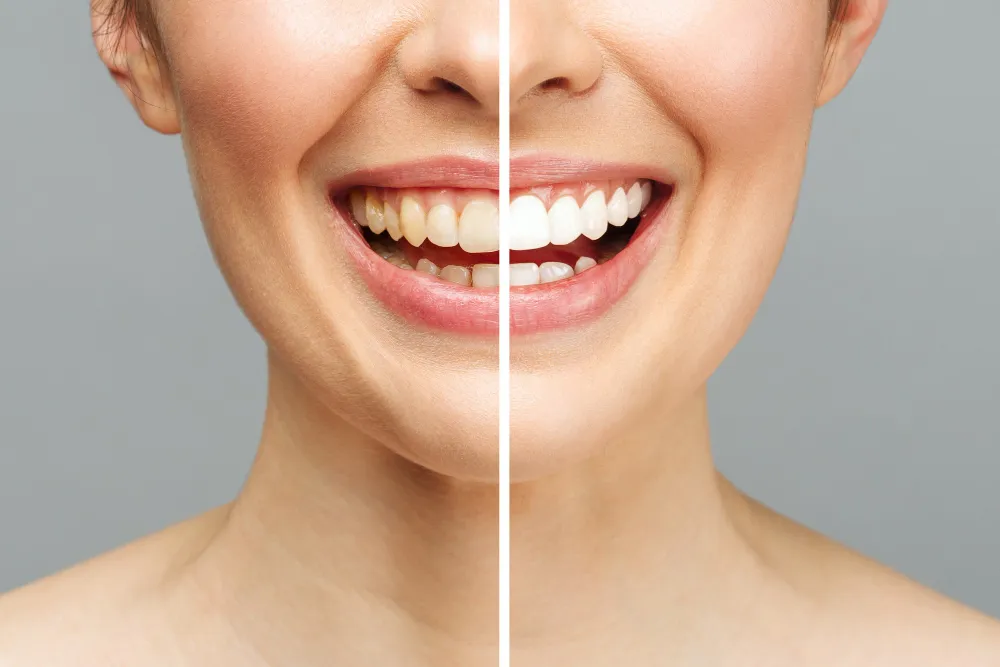
Whether you’re using an at-home kit or undergoing a professional treatment, it’s essential to follow the instructions carefully. This includes using the correct amount of product, wearing the trays for the recommended time, and avoiding overuse. Overuse or improper use can increase the risk of side effects such as tooth sensitivity and gum irritation. If you have any questions or concerns, don’t hesitate to ask your dentist or the product manufacturer for clarification. Careful adherence to instructions ensures the safety and effectiveness of the teeth-whitening process.
Use Approved Products
When choosing at-home teeth-whitening products, opt for those approved by dental professionals or reputable brands. Look for products that have been tested and proven safe for use. Avoid using products from unknown sources, as they may contain harmful ingredients or ineffective bleaching agents. Your dentist can also recommend safe and effective products. Approved products will provide the best results and minimize the risks of adverse effects. Check the product for safety certification.
Maintain Good Oral Hygiene
Maintaining good oral hygiene is essential for both the safety and effectiveness of teeth whitening. This includes brushing your teeth twice a day, flossing daily, and using an antibacterial mouthwash. Proper oral hygiene helps remove surface stains and bacteria, which can enhance the whitening process. It also reduces the risk of gum irritation and other dental problems. Regular dental checkups and cleanings are also crucial for maintaining good oral health. A healthy mouth is better equipped to handle any teeth-whitening treatment. Image for Oral Hygiene.
Teeth Whitening Alternatives
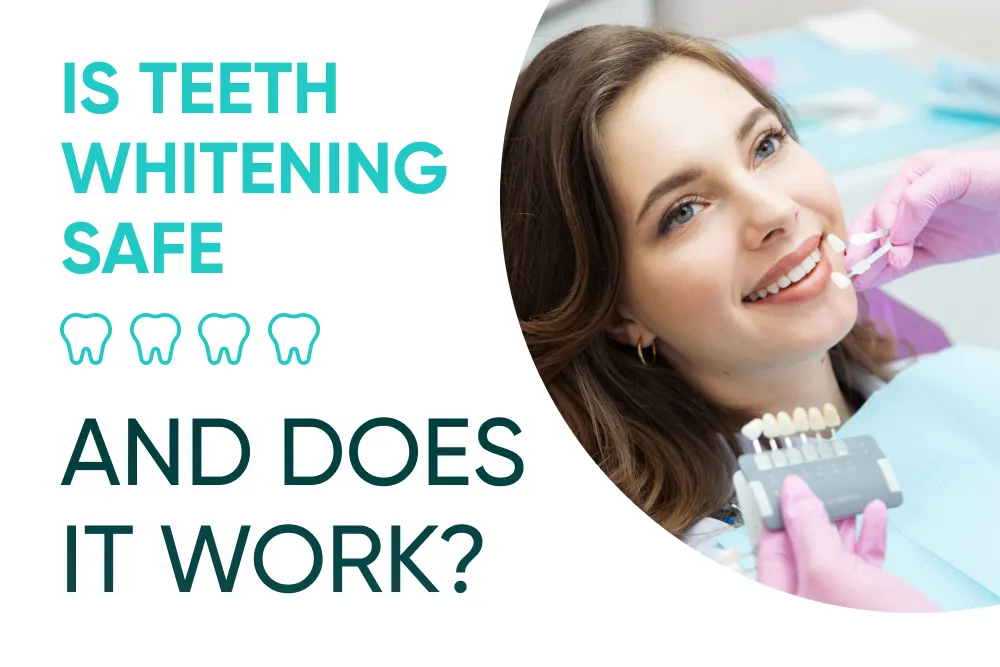
If teeth whitening is not suitable for you, or if you prefer alternative methods, several other options can improve the appearance of your smile. These alternatives offer different approaches to achieving a brighter and more aesthetically pleasing look.
Professional Cleaning
A professional dental cleaning is an excellent way to remove surface stains and plaque buildup, which can significantly improve the brightness of your teeth. During a cleaning, a dental hygienist will use specialized tools to remove stains caused by coffee, tea, tobacco, and other substances. While a cleaning won’t change the natural color of your teeth, it can make them appear whiter and healthier. Regular dental cleanings are essential for maintaining good oral hygiene and preventing dental problems. This is the first step to improve your dental health.
Dental Veneers
Dental veneers are thin, custom-made shells that cover the front surface of your teeth. They can be used to correct a variety of cosmetic issues, including discoloration, chips, cracks, and gaps. Veneers are typically made of porcelain or composite resin and are bonded to the teeth to create a natural-looking, brighter smile. This option is a good choice for those seeking dramatic and long-lasting results. Veneers require some enamel removal, so it is best to talk with your dentist to see if this procedure is right for you. See image for Dental Veneers.
Dental Bonding
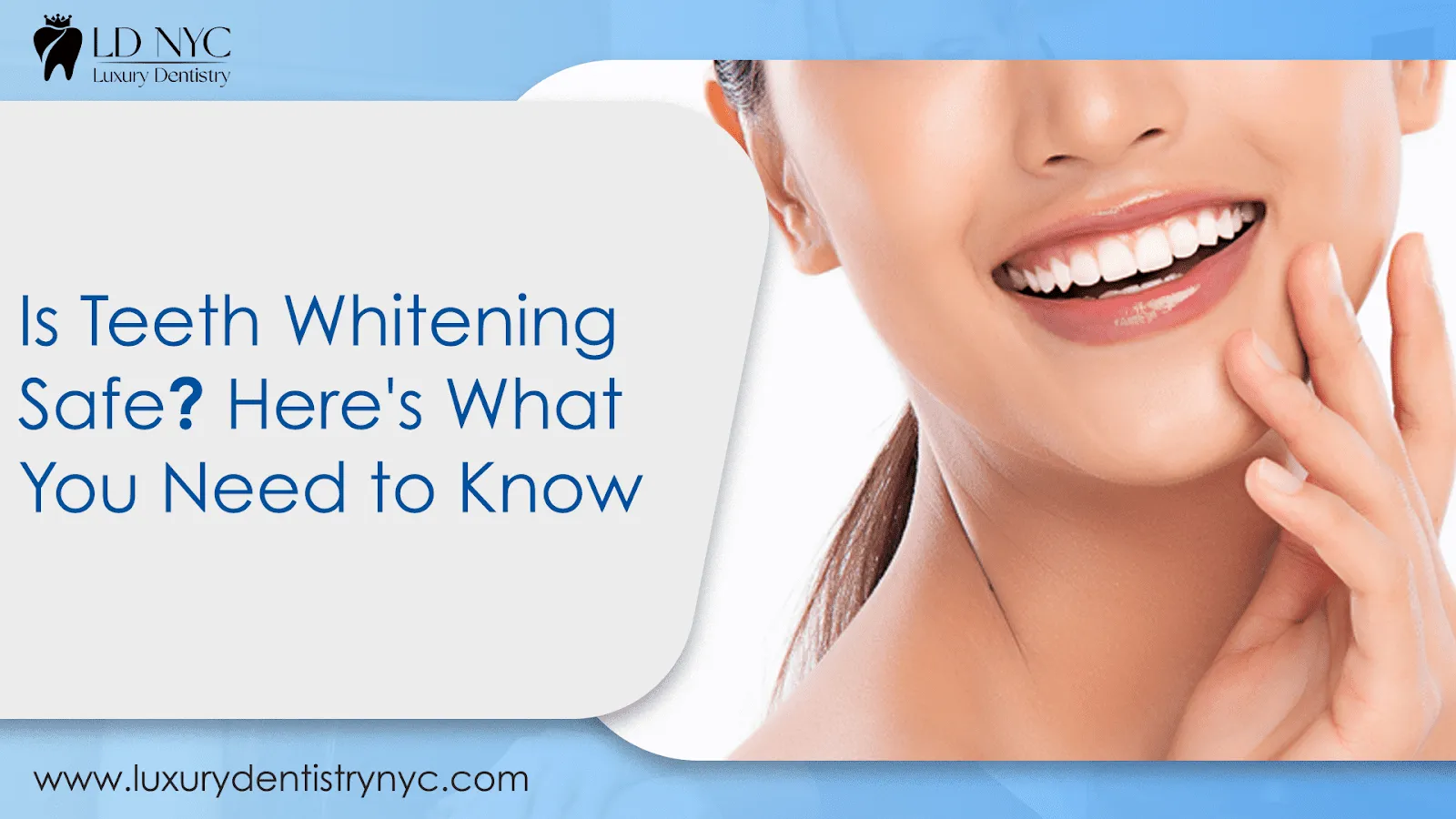
Dental bonding is a cosmetic procedure in which a tooth-colored composite resin is applied to the teeth and hardened with a special light. It is used to repair chipped, cracked, or discolored teeth, and it can also be used to close gaps between teeth. Bonding is a less invasive and more affordable option than veneers. The results are immediate, and the procedure can be completed in a single visit. While bonding is not as durable as veneers, it can provide a significant improvement in the appearance of your smile. See image for Dental Bonding.
Final Thoughts
Teeth whitening can be a safe and effective way to enhance your smile and boost your confidence. However, it’s crucial to understand the different methods, potential risks, and safety precautions involved. Consulting with your dentist is the most important step to ensure that teeth whitening is safe and appropriate for your individual needs. By following their recommendations, using approved products, and maintaining good oral hygiene, you can achieve a brighter, healthier smile while minimizing potential risks. Always prioritize the health of your teeth and gums and make informed decisions based on professional advice.
